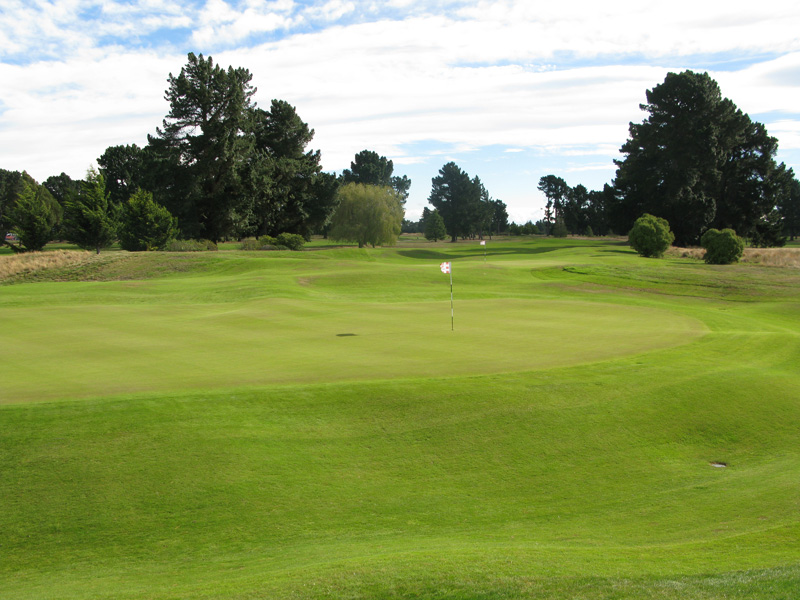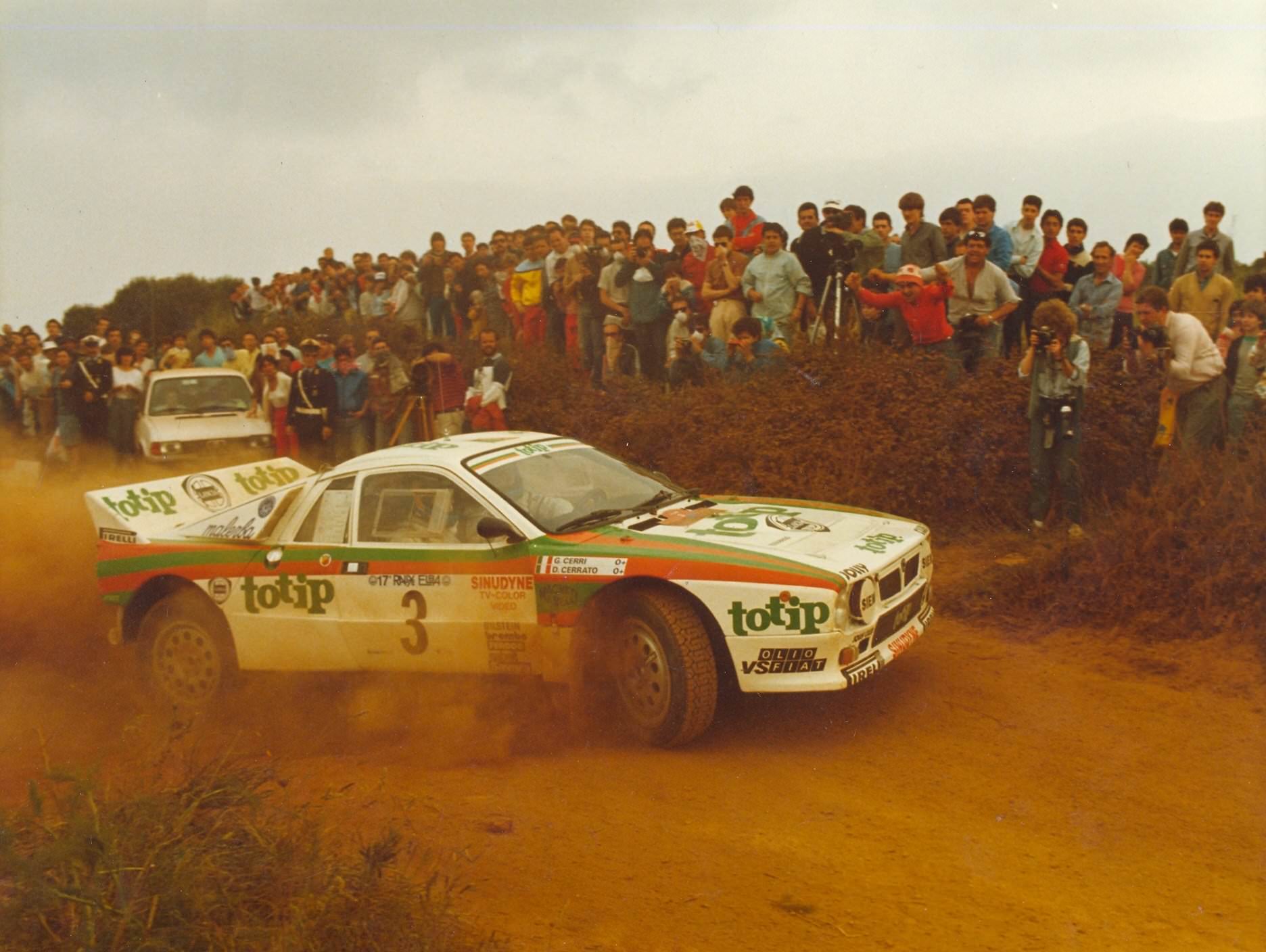
The War memorial in Balvenie Street is a lasting record of those from the local community who did not return from the horror of those destructive years. The events of the century which had most impact on the Club were the two World Wars when the course was ploughed up for crops and quite a number of years were lost to the Club. It was 1927 before women were first admitted to an A.G.M. However it is clear from newspaper reports at the time that women played a full supporting role, played in competitions and were actively involved in fundraising. It was to be 12 years after the Club was founded before a woman’s name was first recorded in the Club minutes. A woman’s place was in the home, and emancipation was several decades away. The last days of the Victorian era saw a society sharply divided by class and having very set moral values. The Fittie Burn alongside the course provided water to Mortlach Distillery, and still continues to do so, and from its springs the town’s water supply was drawn.

Soon to be added were Glendullan and the Dufftown Distillery. The valley below hid the five distilleries then operating, Glenfiddich, Balvenie, Convalmore, Parkmore and Mortlach. Club records show that when the course was ploughed up during the Great War of 1914-1918, 50 horses were used. The rural landscape was still enriched by the horse, and the golf course continued to be mowed by horse until the arrival of the tractor. Compared with today Dufftown would have appeared quite undeveloped, but many people would have lived in the country and some of the derelict crofts were then inhabited.

However the railways were in their heyday, and would continue to provide an extensive network of service until Dr Beeching’s cuts in 1966.ĭufftown Station was about a mile from the town centre, and a pony and trap operated from the Commercial Hotel to carry travellers up the hill to the town. There were no cars, buses or lorries, and the aeroplane just a dream.

Changes in the ball are equally striking, they come in a variety of solid or rubber cores, giving any degree of spin and control.ĭufftown is all hills, and a climb of a mile or so by the Tomintoul road to the golf course would have been accepted as natural to the first golfers no heavy clubs and bags, just a brassie, niblick and putter carried under the arm. Metal woods, carbon fibre shafts, and putters of every conceivable design are available to allow the player any possible advantage. Almost forgotten are the hand-shaped wooden heads and forged irons. Today’s player arrives by car, parks outside the Clubhouse, unloads his stylish, heavy bag containing a dozen or more expensive clubs and, as likely as not, fits them on to a trolley to avoid carrying them.


 0 kommentar(er)
0 kommentar(er)
